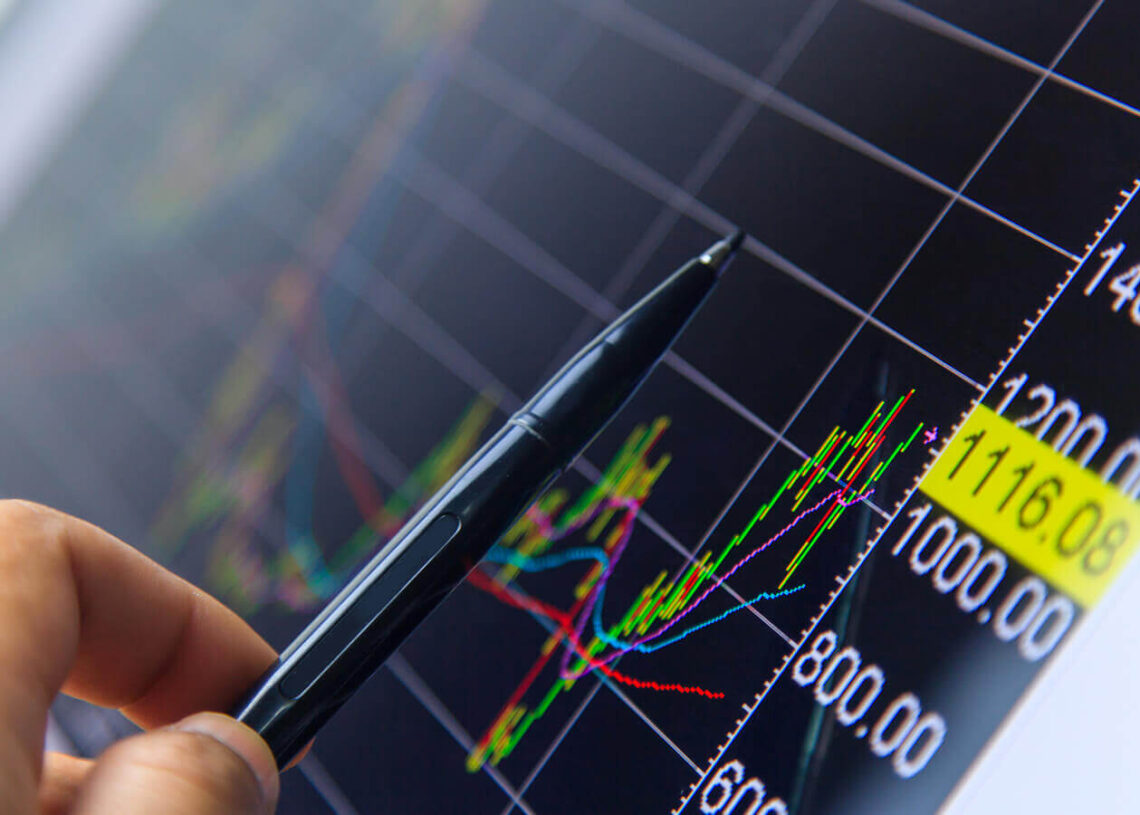Experts do not recommend margin trading for newcomers in crypto trading. Even if they are still grappling with the fundamentals of trading, there are still many beginners who wish to get into it. Let’s take a look at margin trading for the sake of argument. Let’s take a look at the fundamentals of margin trading before deciding whether or not to participate.
What is margin trading, and how does it work? It is a means to borrow more funds to trade on exchanges in addition to the initial deposit. In other words, margin trading improves a trader’s purchasing power, allowing him to generate significant gains. This situation is possible due to the borrowed additional funds in addition to the initial deposit. But keep in mind that every great profit comes with a high risk. As an example, let’s say your first deposit is $100. You’ll also leverage a 4:1 ratio, allowing you to borrow USD 297. As a result, you now have USD 396 in purchasing power. Because you have more capital to work with, your profit will rise. The only problem is that you’ll have to repay the USD 297 you borrowed, plus fees and interest. Whether you win or lose the trade, you must do it. You can borrow money from exchanges or traders who are willing to lend money in exchange for interest. To summarize, you can borrow money but not lose it.
What happens if the market isn’t on your side? You will lose your initial funds. It occurs when you reach a price that has an impact on the money you borrowed. The phrase “call-in” comes into the picture. You will not be able to lose the money that the exchanges lent you. Whether you like it or not, you will have to return it with fees and interest. If you add money to your starting capital, you can avoid margin calls. For more information about margin trading, visit Bitcoin Pro.
Leverage options vary with each exchange (2: 1,4: 1, 100: 1, and so on). The higher the leverage, the faster you will lose. For example, suppose you use a 4:1 margin leverage and wager a long position, which means you expect the value of the asset you trade to rise. The margin call will kick in when it loses 25% at your entry point, and there will be no money left in your account. The margin call gets twice as fast, around 12.5 per cent, if you use 8: 1 leverage. In margin trading, you can buy short (bet on a price falling) or long (bet on a price rising) (you bet on a price going up).
Let’s take a closer look at the margin call. A margin call, according to Investopedia, is the method of automatic liquidation when the user does not have enough funds or when the balance falls below maintenance margin requirements. The exchange can either liquidate the money immediately or urge the user to increase their deposit to avoid automatic liquidation. The majority of margin traders have a time limit. If you do not execute your trade at the agreed-upon time, it will be automatically settled.
The question is whether or not you should engage in margin trading. Margin trading is not recommended for novices, as we previously stated. Unless you’re an expert in technical analysis and have at least a few years of trading experience. what makes you think you can win in margin trading if you constantly lose in standard trading? Cryptocurrency and margin trading are both dangerous. How much danger must it be when you combine the two? You begin at level 1 and work your way up just like you would in an online game. The game’s difficulty grows as you progress through the levels. You won’t be able to engage with the legends until you reach level 50. Similarly, you should be aware of your level of knowledge when trading. Because they recognize that they will want advice initially, most newbie traders seek assistance from seasoned crypto traders.










